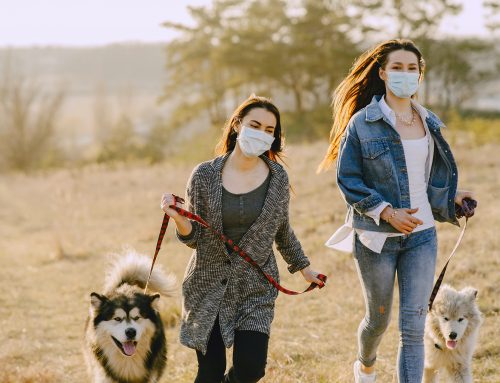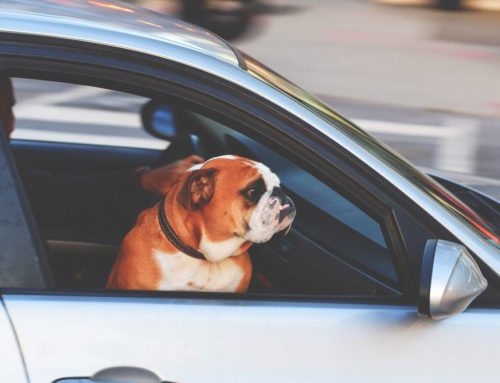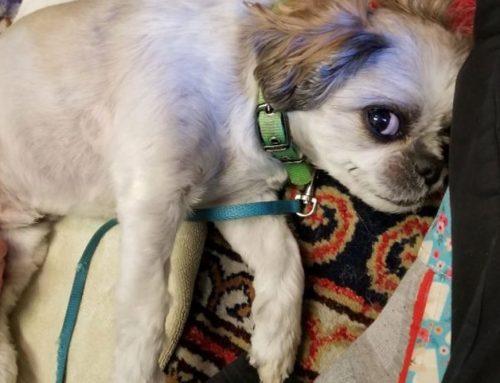Imagine hiking on your favourite trail with your dog off leash, and you see your beloved pet investigating something, he or she lets out a big yelp and comes running back to you covered in porcupine quills. What do you do?

If you search the internet many people suggest trying to pull them out quickly, or trying to cut them shorter to make things easier for your pet. While we definitely understand the desire to help your four legged friend, the best course of action is to get to your veterinarian as soon as possible.
Why are quills hard to remove?
The North American porcupine is the second largest rodent in North America, ranging in weight between 15 to 40 pounds. These herbivores are extremely slow-moving with very poor eyesight, which is why they are well equipped with such a powerful defense system. They are generally not aggressive animals, but if they feel threatened or if they have babies around, they will gladly defend themselves. These spikey rodents have roughly 30,000 quills on their backs, and each individual quill has about 800 backwards barbs on the first 4mm of the spine.
These backward barbs are the precise reason that animals that have been quilled require veterinary care to remove them. These microscopic barbs make it easier to penetrate the skin and tissue, but make it much more difficult to pull them out. Imagine cutting a tomato with a serrated knife, the serrated edges make it easier to slice the tomato. The barbs act similar to serrated edges, concentrating the force into smaller points making it easier to penetrate the skin and muscle tissues.

Cutting the quills can cause them to splinter and move further into soft tissues and makes them more difficult to remove. Pulling the quills out without pain medication and sedation can be extremely painful for your pet, if they are in pain and struggling or squirming while you try to remove them, this can cause the quills to move further into the tissue.
So, what do you do if your dog gets quills?
The best course of action is to try and minimize your pet’s movement as much as possible and try to prevent your pet from rubbing their face. The next step is to get to your veterinarian where they will provide your pet with pain relief and sedation while removing each quill one at a time with forceps. Your pet made require additional pain relief and antibiotics afterward depending on the severity of the situation, and follow up visits if you notice and bumps or points under the skin as some quills move into soft tissue and are not removable at the time of
your veterinary visit.

“Well, my pet was quilled once so they must have learned their lesson.” Unfortunately, this is not usually the case and our pets don’t always learn from their mistakes. Prevention is key. Avoid areas that porcupines are known to reside in, keep your pet on leash during hikes, and avoid going out at dusk or after dark as this is the prime time for porcupine activity.
-Kristen, Client Care Representative
References:
Yong, Ed. “Why Porcupine Quills Slide in with Ease but Come Out with Difficulty.” Not Exactly Rocket Science, 11 December 2012.
Doyle, Kathryn. “More Than Sharp: The Science of Porcupine Quills.” Popular Mechanics, 10 December 2012.




